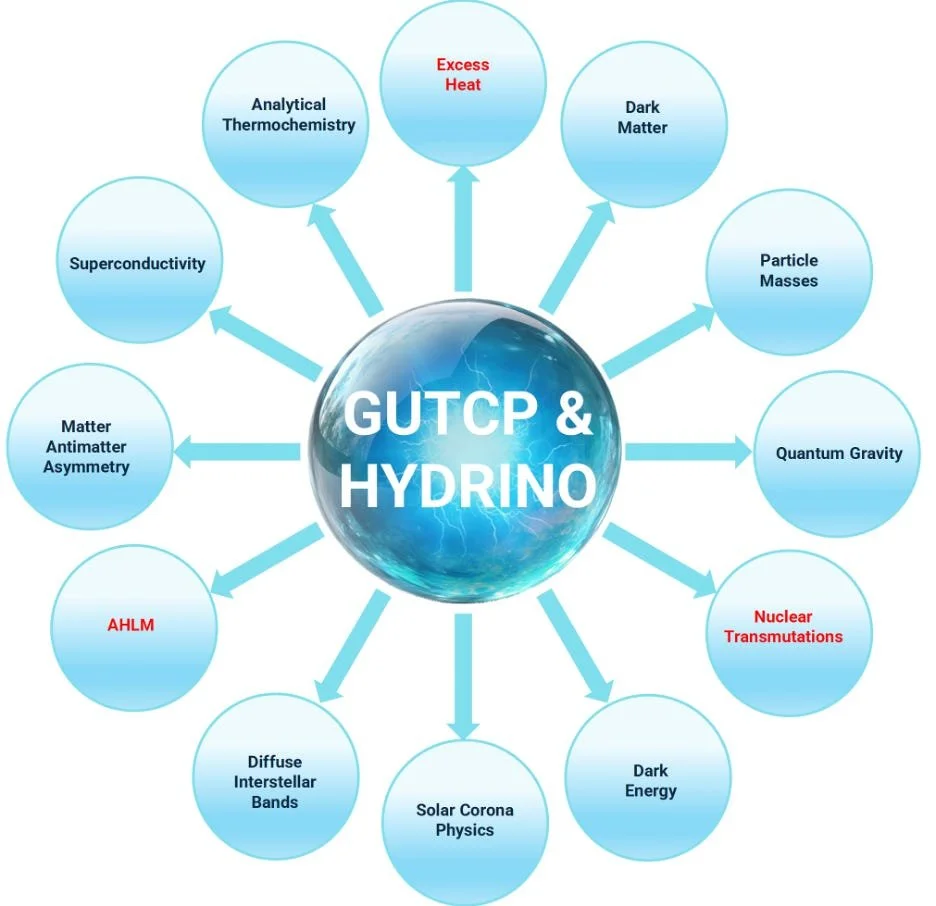Academic Validation: Professor Raj Pala Takes Hydrino Research Seriously
A respected professor from one of India's leading technical universities is publicly advocating for scientists to take Dr. Randell Mills' Hydrino hypothesis seriously.
Professor Raj Pala from the Indian Institute of Technology at Kanpur recently presented his research on Hydrino at the 26th International Conference on Condensed Matter Nuclear Science (ICCF26) in Japan. His presentation, now available on YouTube, marks a significant moment for Hydrino research - a credentialed scientist from an excellent university is urging his peers to engage with Mills' Grand Unified Theory of Classical Physics (GUTCP) and experimental evidence.
Professor Pala runs a lab within the Department of Chemical Engineering and Materials Science at IITK. His background includes degrees from top institutions and an excellent publication record in mainstream scientific fields. This credibility matters - academic revolutions spread person by person, requiring brave advocates willing to engage with compelling experimental data that challenges existing theory.
LENR and the Hydrino Connection
Professor Pala's research focuses on how GUTCP and Hydrino provide explanations for experimental results in Low Energy Nuclear Reaction (LENR) experiments. The LENR field began in 1989 when scientists Fleischmann and Pons announced "cold fusion" - achieving nuclear fusion at low temperatures through electrolysis. While their announcement sparked controversy, the signal of excess heat beyond what standard chemistry and physics predicted was real.
Many researchers continued working in this space despite stigma. Professor Pala is one such scientist, and he strongly suspects Hydrino formation explains some or all of the well-established LENR phenomena.
Computational Accuracy and Experimental Goals
In a recent interview, Professor Pala shared that his first tests of GUTCP's validity involved comparing Mills' Millsian software against state-of-the-art density functional theoretical calculations. His assessment: "Millsian proved to be very accurate and astoundingly fast!"
This computational accuracy convinced Professor Pala to pursue the deeper question: Is GUTCP also ontologically correct? His lab's current goal is to synthesize and characterize Hydrino compounds independently, outside of Dr. Mills' R&D labs.
His message to skeptical scientists is direct: "Get to your lab bench! Experimental testing of hypotheses forms the heart of the scientific method... The consequences of ignoring Hydrino are too great, especially given its relevance to clean energy generation."
Read the full interview and analysis at Hydrogen Revolution
